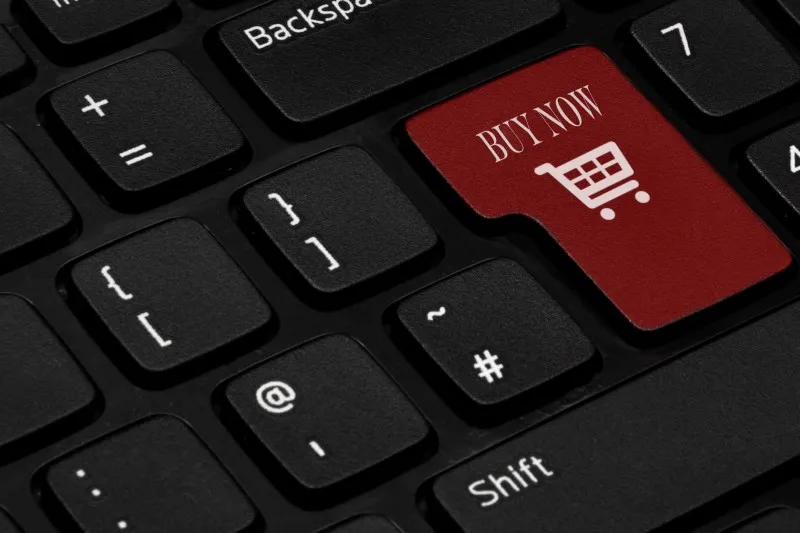Bloomberg recently published a piece sounding the alarm for consumers: free online returns come at a cost.
After years of subsidizing them, more retailers are charging customers to send back unwanted goods. … In the US, the number of large retailers requiring a return fee has jumped from 31% to 40% this year … [Returns] are costly because of the labor to have them shipped back, inspected and put up for resale.
Allison Nicole Smith and Katie Linsell, Bloomberg, November 21, 2022

This is a cycle we’ve seen time and again, especially over the last 10-15 years:
1. Artificial credit from the central bank injects unrealistic levels of liquidity into the financial sector, which in turn leads to capital loans to businesses that would never be made in a proper lending risk model.
2. Recipients of said loans develop technology or process innovations without any real regard for long-term profitability (e.g., free returns). Profit is often never even considered because the name of the game is often to just reach an IPO or acquisition so the founders and early investors can cash out, leaving the new owner holding the bag. The companies lose money continuously, but are able to survive because they keep drawing on investor cash (also propped up by artificial credit) in the promise of hitting their exit strategy.
3. These supposed disruptive technologies or innovations promises to the change the game; business press and users can’t get enough. Legacy companies and models either can’t compete or are forced to adopt to the new model to meet shifted customer expectations.
4. In time (especially recessions, as we are seeing now), economic fundamentals kick in and these unprofitable business models are finally shown to be unprofitable. Because the artificial credit begins to dry up and spending contracts, companies dependent on such models struggle to stay afloat.
5. Pricing corrects, often returning to the same levels as the original model which was supposedly-disrupted (or even more expensive due to the inflation that has transpired). Some legacy providers have already been squeezed out so there may now be less competition than before. Consumers end up worse off.
The bright side to a recession is that it cleans out this sort of malinvestment, giving a clean slate to work on business models and innovations that are actually profitable and built to last and serve the customer with real advancements, instead of just chasing an exit strategy or market-consolidating end game. The artificial nature of the business credit cycle due to central bank action may continue, but management and entrepreneurs don’t have to play the game and can instead focus on sound, gradual improvements and growth that are actually sustainable.